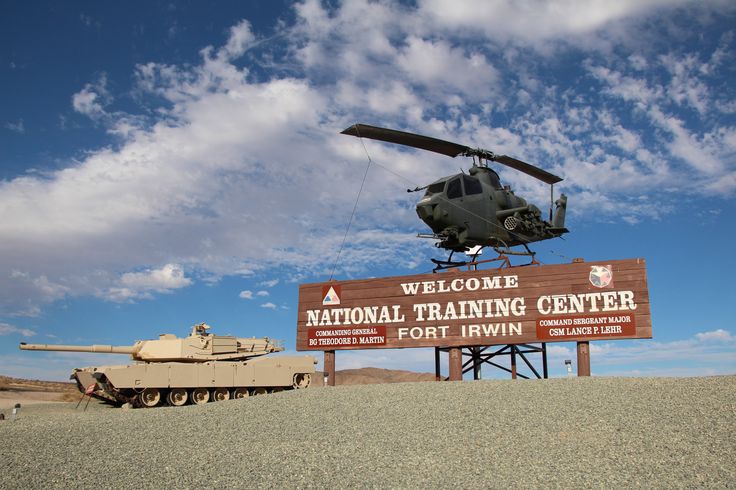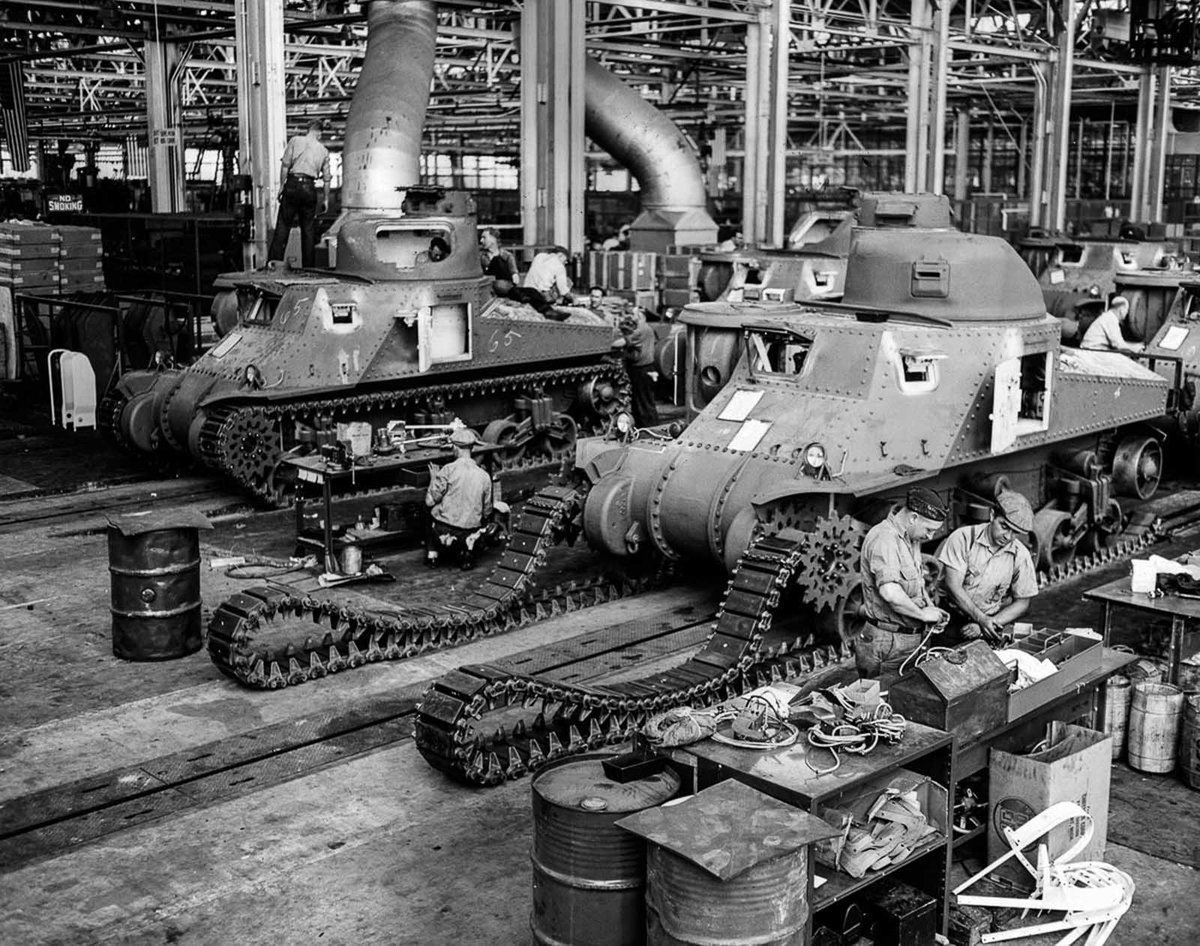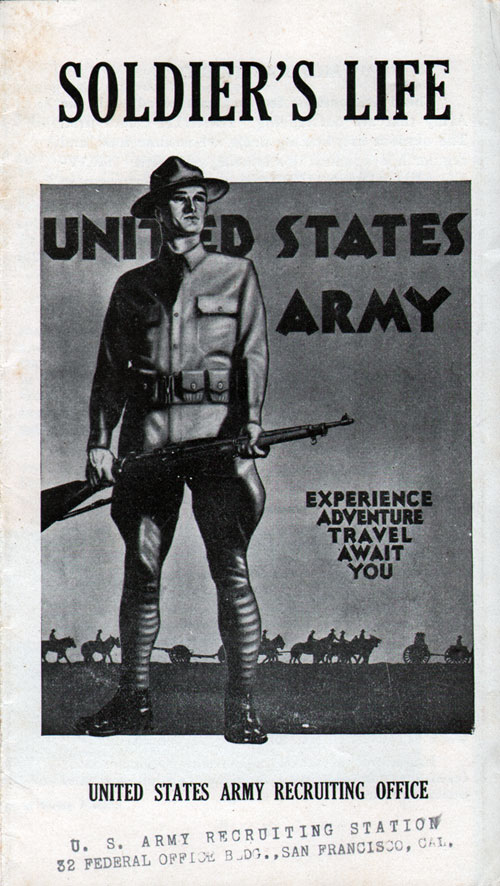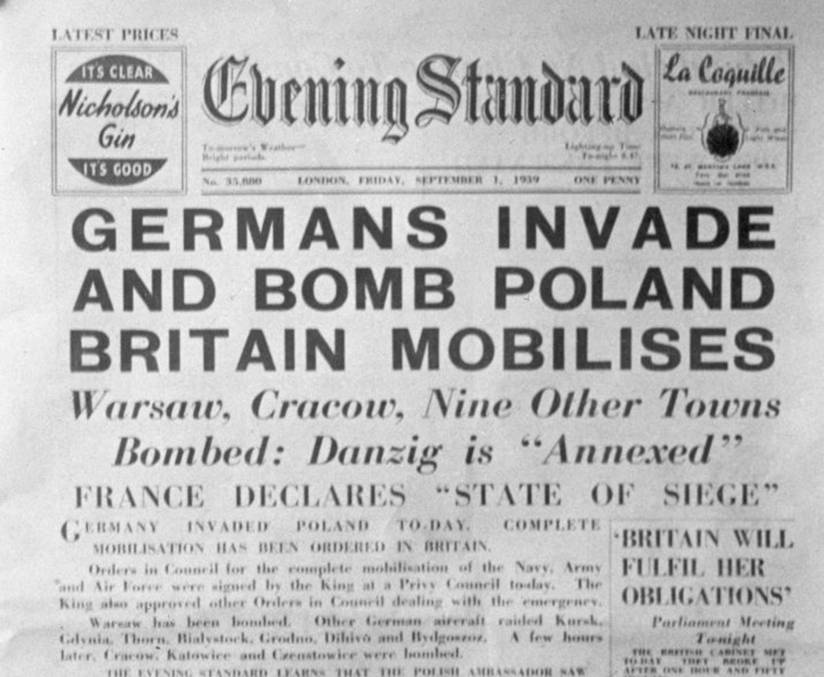
As mentioned earlier in the series, military history is often mistakenly considered to only be about wars. And when we talk of @USArmy history, many assume we mean in the context of war. When the Army is engaged in battles. But the Army exists between wars. 

During peacetime, the Army trains and maintains, advances and evolves, all to ensure a sufficient state of readiness should an emergency need arise. @ShaneMorgan_WF6 @USARMYMCTP @NTC_UPDATE @NGoldminers @DirtLoggy @JRTC_TF1 @TheCOG_Oscar6 @HohenfelsJMRC @usacactraining 







The Initial Protective Force (IPF) was a plan designed for emergency defense purposes only. It would be the military force available to defend the United States at the outbreak of a war. 

There were also industrial mobilization plans that would deal with a full range of national planning and preparation to support a wartime army. 







The Protective Mobilization Plan (PMP) was actually a series of plans developed in the 1930s and each one focused on the role the @USArmy would play in the next war. These plans considered the size and composition of a force necessary to match the anticipated conflict. 

The PMP envisioned a starting point with 280,000 soldiers in the Regular @USArmy and 450,000 in the @USNationalGuard for a considerable 730,000 total. 

This plan assumed that new recruits would immediately increase the military by 270,000 once an emergency was declared, and that these new recruits would be trained as replacements and we would have an initial overall force of about a million men. 

In 1932, the G4 (Supply Chief of Staff) recognized “the probability of greatly reduced War Department appropriations for Fiscal Year 1934 and succeeding years”.
He began steps to produce a well-planned, balanced, and equipped force in the future whenever the money became available.
From 1933 to 1939, the @USArmy General Staff aimed to provide weapons and equipment sufficient for a force of this envisioned size. Congress failed to approve the necessary spending, however, at least not on a scale that would accommodate these numbers.
The planning that had been done was exceptionally valuable but as we approached WWII, there was so little time left that it didn’t matter. The planning itself, however, shows that the General Staff was thinking about where we were at and what we would need.
GEN Craig’s last annual report included the following:
“What transpires on prospective battlefields is influenced vitally years before in the councils of the staff and in the legislative halls of Congress.”

“What transpires on prospective battlefields is influenced vitally years before in the councils of the staff and in the legislative halls of Congress.”


“Time is the only thing that may be irrevocably lost, and it is the first lost sight of in the seductive false security of peaceful times.” 



“Persons who state that they see no threat to the peace of the Unites States would hesitate to make that forecast through a two-year period.” 



This warning from GEN Craig went virtually unnoticed by newspapers, and also unnoticed by the general public and even by most of Congress. It was buried in a long report.
It wasn’t until 1940, roughly 2 years after GEN Craig gave his warning, that we finally realized it would take 2 years for appropriations to be able to transform the @USArmy into a capable military force.
If you're just tuning in or you've missed any of the previous threads, you can find them all saved on this account under ⚡️Moments or with this direct link twitter.com/i/events/13642…
• • •
Missing some Tweet in this thread? You can try to
force a refresh
















